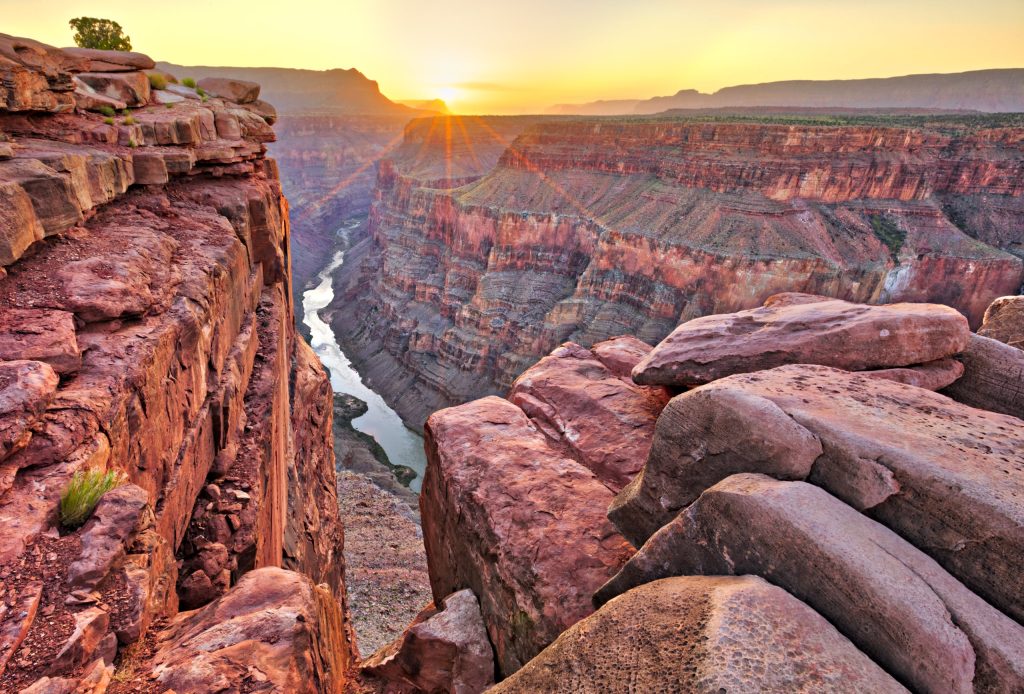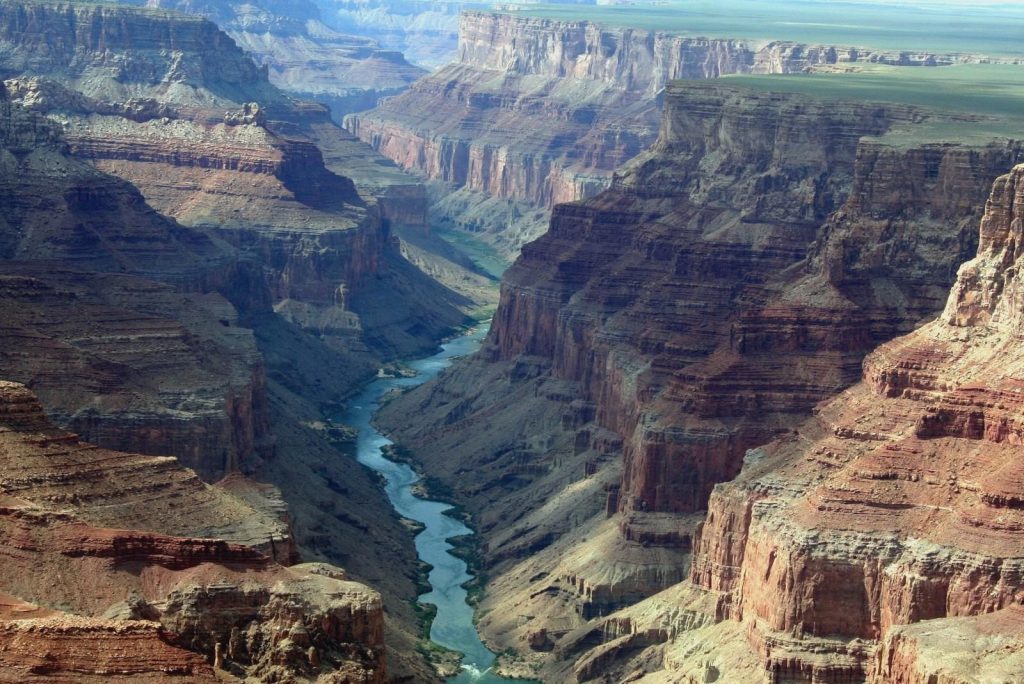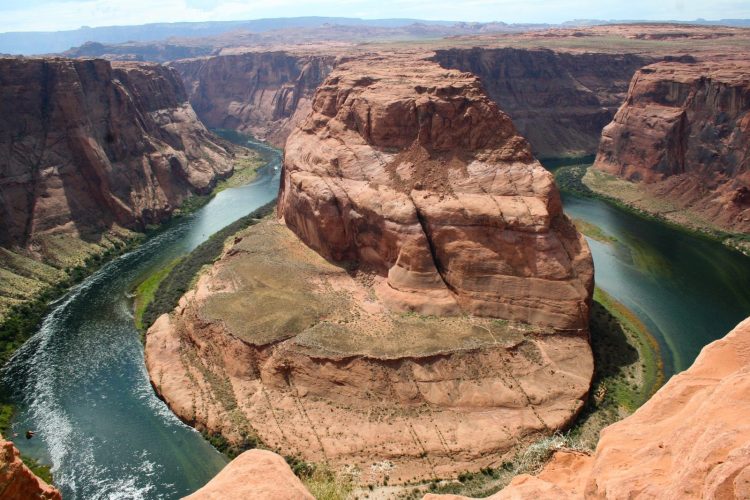I. Introduction
The Grand Canyon of the United States, known as one of the wonders of nature, attracts countless tourists with its majestic scenery. The purpose of this paper is to give a comprehensive introduction to the geographical features, geological formation, biodiversity and its cultural, scientific and tourism importance of the Grand Canyon. By elaborating the formation history, ecosystem and tourism development of the Grand Canyon, the unique charm and far-reaching influence of this natural wonder are presented.
- Geographical features and location
The Grand Canyon is located in northern Arizona, USA, on the Colorado Plateau, across the Colorado River. It is 446 km long, with an average width of 16 km and a maximum depth of 1.8 km, with a total area of about 2,724 square km. The Grand Canyon is unique in its sheer cliffs, winding canyon bottom and magnificent river landscape, forming a breathtaking natural picture.
Iii. Geological formation and evolution
The formation of the Grand Canyon in the United States has undergone hundreds of millions of years of geological evolution. About 1.8 billion years ago, the Colorado Plateau region began to rise, forming a vast land mass. Over time, crustal movements caused cracks in the plateau’s surface, and the Colorado River began cutting the surface along these cracks. The erosion of the river deepened the canyon, while the uplift of the earth’s crust widened it. This interaction of erosion and uplift, accumulated over hundreds of millions of years, eventually led to the magnificent spectacle we see today.
By studying different rock formations within the Grand Canyon, geologists have revealed the area’s rich geological history. These layers record geological events from the Cambrian to the Holocene, including Marine sedimentation, volcanism, and crustal movements. Through the analysis of these rock layers, we can understand the natural environment changes and biological evolution of the Grand Canyon in the past hundreds of millions of years.

Biodiversity and ecosystems
The Grand Canyon region of the United States is rich in biodiversity and unique ecosystems. Hundreds of species of plants grow in the canyon, including various cacti, shrubs and trees. These plants have adapted to the extreme climatic conditions in the canyon and have shown great resilience. The canyon is also home to a variety of wildlife, including birds, mammals, reptiles and insects. These animals form a complex food chain and ecological balance within the canyon.
The ecosystem of the Grand Canyon region is important for maintaining global biodiversity. Due to the special geographical environment and climatic conditions in the canyon, it has become a habitat for many endangered species. Therefore, protecting the natural environment of the Grand Canyon and its surrounding areas is of great significance for maintaining the global ecological balance.
Cultural and scientific values
The Grand Canyon is not only a natural wonder, but also has rich cultural and scientific value. Historically, it was one of the Indian settlements. The Indians multiplied and lived on this land, leaving a rich cultural heritage. Today, many Indian tribes still live near the Grand Canyon and are committed to preserving and passing on their traditional cultures.
The Grand Canyon is also a valuable resource for scientific research. By studying the rocks and fossils in the Grand Canyon, geologists have revealed the secrets of Earth’s evolution. By studying the biodiversity in the canyon, biologists have explored how the ecosystem works and how species adapt to the environment. In addition, astronomers also use the special terrain of the Grand Canyon to observe the stars and carry out astronomical research.

- Tourism development and protection
As a world-class natural heritage site and tourist attraction, the Grand Canyon attracts millions of visitors every year. The development of tourism has brought great economic and social benefits to the Grand Canyon region. However, with the increasing number of tourists, the Grand Canyon is facing the challenge of environmental damage and ecological pressure. Therefore, it is particularly important to strengthen environmental protection and ecological restoration while promoting the development of tourism.
In order to protect the natural environment and cultural heritage of the Grand Canyon and its surrounding areas, the National Park Service has taken a series of measures. They limit the number of tourists and control the impact of tourism activities on the environment; Strengthen the publicity and education of environmental protection, improve the environmental awareness of tourists; At the same time, they also actively carry out ecological restoration projects, such as afforestation and wildlife protection, to maintain the stability and health of the Grand Canyon ecosystem.
Vii. Conclusion and Prospect
As a natural wonder and cultural heritage, the Grand Canyon of the United States has high scientific research value, cultural value and tourism value. By strengthening environmental protection and ecological restoration efforts, we can ensure that the beautiful scenery of the Grand Canyon can be passed on forever. In the future, with the progress of science and technology and the improvement of people’s environmental awareness, it is believed that the Grand Canyon will be better protected and developed. At the same time, we are also looking forward to more tourists to enjoy the elegance of this natural wonder and feel the magic of nature.





















